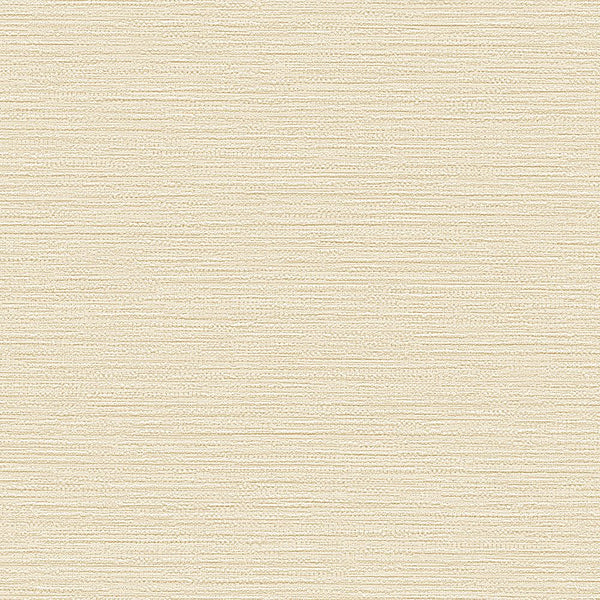In the world of synthetic fibers, polyester and polyamide are two prominent players. Both materials have gained significant popularity in various industries due to their exceptional properties and versatility. In this blog post, we will delve into the debate of whether polyester is better than polyamide, exploring their characteristics, applications, and environmental impact. By the end, you will have a comprehensive understanding of these synthetic fibers, enabling you to make informed decisions in your industry.
- Understanding Polyester:
Polyester, a synthetic polymer, is known for its durability, wrinkle resistance, and excellent color retention. It is widely used in the textile industry for manufacturing clothing, upholstery, and home furnishings. The strength and resilience of polyester make it a preferred choice for outdoor gear, such as jackets and tents. Additionally, its moisture-wicking properties have made it popular in sportswear. Polyester's ability to withstand repeated washing and retain its shape contributes to its longevity, making it a cost-effective option for consumers. - Unveiling Polyamide:
Polyamide, also known as nylon, is another synthetic fiber that has revolutionized various industries. Its exceptional strength, abrasion resistance, and elasticity make it ideal for applications requiring high durability. Polyamide is extensively used in the automotive industry for manufacturing seat belts, airbags, and tire cords. Its lightweight nature and resistance to chemicals and oils have also made it a preferred choice in the production of industrial ropes and fishing nets. Moreover, polyamide's moisture-wicking properties and breathability have found applications in the textile industry, particularly in activewear and hosiery. - Comparing Properties:
When comparing polyester and polyamide, it is essential to consider their specific properties and how they align with your requirements. Polyester offers superior wrinkle resistance and color retention, making it suitable for applications where aesthetics are crucial. On the other hand, polyamide excels in terms of strength and elasticity, making it ideal for applications that demand high durability and flexibility. Understanding the unique properties of each fiber will help you determine which one is better suited for your specific needs. - Environmental Impact:
In recent years, environmental concerns have become increasingly important in the textile industry. Both polyester and polyamide have their environmental implications. Polyester is derived from petroleum, a non-renewable resource, and its production process consumes significant energy and releases greenhouse gases. However, advancements in recycling technology have made it possible to produce polyester from recycled materials, reducing its environmental footprint. Polyamide, on the other hand, is derived from petrochemicals but can also be produced from renewable sources such as castor oil. Additionally, polyamide is recyclable, contributing to a more sustainable future.
Conclusion:
In conclusion, the debate of whether polyester is better than polyamide ultimately depends on the specific requirements of your industry and application. Polyester offers excellent wrinkle resistance and color retention, making it suitable for various textile applications. Polyamide, on the other hand, excels in terms of strength and elasticity, making it ideal for applications that demand durability. Consider the unique properties and environmental impact of each fiber to make an informed decision that aligns with your industry's needs and sustainability goals.

